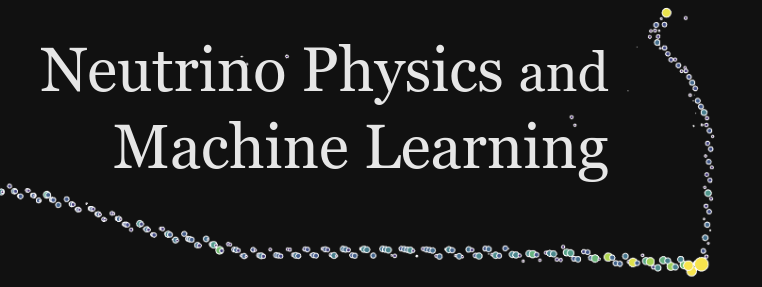Speaker
Description
The NEXT Collaboration is currently designing and performing R&D for a ton-scale detector capable of observing neutrinoless double beta decay. NEXT utilizes a high pressure gaseous xenon TPC with an electroluminescent region to amplify the signal from the drift electrons, and has successfully built and collected data with several smaller scale prototypes. The current expected sensitivity of the ton-scale detector is based on traditional analysis cuts that have been developed and tested on data from the currently running 10~kg detector. We will present recent studies which seek to improve the neutrinoless double beta decay signal selection efficiency and background rejection of simulated data in a ton-scale detector based on a sparse convolutional neural network classifier.



